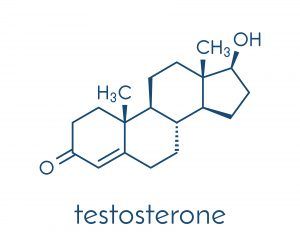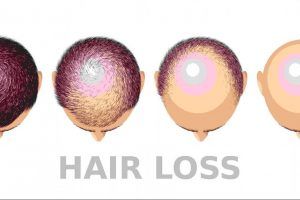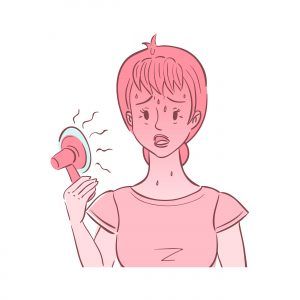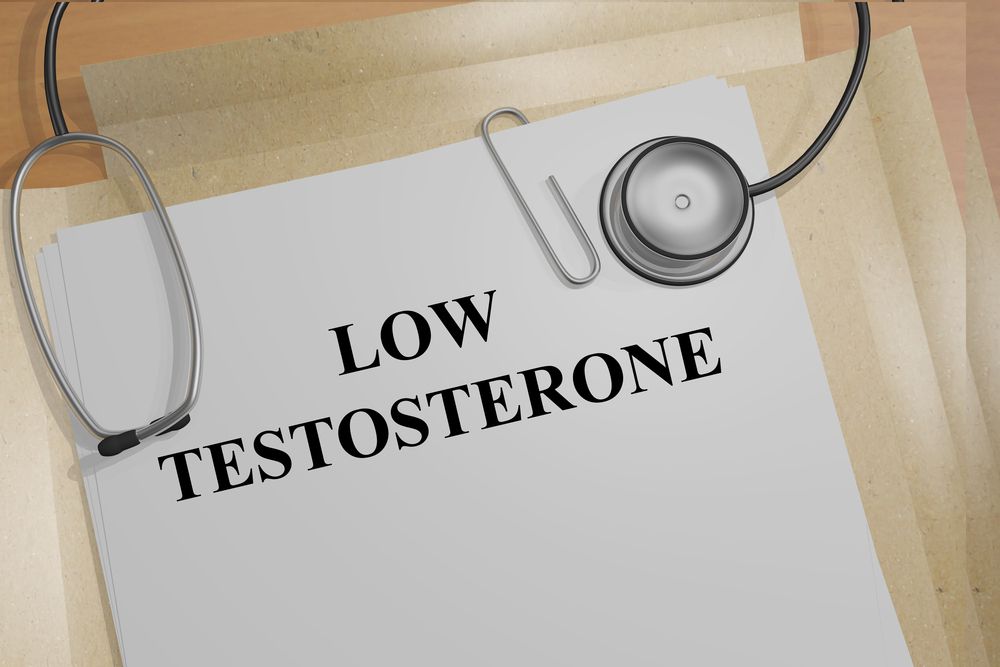Testosterone is the sex hormone that is most often attributed to men, but women also have small amounts of testosterone. (Learn More)
Testosterone decreases with age. There are established guidelines to measure low testosterone levels. (Learn More)
Most men refer to behavioral signs of low testosterone instead of actually getting tested for it. These signs include the following:
- Difficulty getting an erection (Learn More)
- Hair loss (Learn More)
- Reductions in testicle size or semen (Learn More)
- Decreased sex drive (Learn More)
- Poor energy levels (Learn More)
- Decreased muscle or bone mass (Learn More)
- Increased body fat (Learn More)
- Difficulty sleeping (Learn More)
- Mood swings (Learn More)
- Hot flashes (Learn More)
Many of the behavioral signs associated with low testosterone levels can result from other causes. The only way to determine if you have low testosterone is to get a physical that includes a blood test. (Learn More)
Testosterone
Testosterone is a hormone that is most often associated with males, although females do have small amounts of it. Testosterone is responsible for many male secondary sexual characteristics like facial hair, a lower voice, greater muscle mass, and denser bones.
As men age, the production of testosterone slows. Since men are living longer and societal expectations result in older men demanding or expecting to retain many of their younger abilities, the “low T” or low testosterone issue has become an area of concern for many aging males.

What Is Low Testosterone?
The American Urology Association claims that the standard for low testosterone is less than 300 ng/dL of blood in males, which occurs in about 2 percent of all men. The only way to know if you qualify as having low testosterone levels is to be tested by a physician.
The doctor will test your blood for free testosterone. Other tests may also be given.
Most men look at various symptoms to claim they have low testosterone levels.
Difficulty Getting or Keeping an Erection
Perhaps the gold standard of behavioral signs for low testosterone in men is problems with erections. Men with low testosterone levels may have difficulty attaining or maintaining an erection.
Testosterone stimulates the production of nitrous oxide, which is crucial in the ability to get and maintain an erection.
While erection difficulties are considered to be the major sign that you may suffer from low testosterone, there are numerous other potential causes associated with erection difficulties. These include:
- Diabetes.
- Thyroid disorders.
- Cardiovascular issues, including high blood pressure or high cholesterol levels.
- Consuming too much alcohol.
- Smoking too much.
- Anxiety, stress, or other psychological issues.
- Effects of certain medications.

Hair Loss
Men often experience hair loss due to a combination of heredity and aging. Hair loss associated with aging also occurs in women.
Hair loss in women may be treated with testosterone implants, whereas hair loss in men is most likely not a major indicator of low testosterone.
Reduction in Testicle Size or Semen Production
A male with very low testosterone levels may observe a reduction in the size of their testicles that is not related to environmental factors, such as cold temperature.
Testosterone also stimulates the production of semen. Reduced levels of semen may indicate a problem with low testosterone.
Decreased Libido
A reduction in a male sex drive is a normal occurring factor associated with age in most men. But this may also be a signal that you suffer from low testosterone levels.
Decreased Energy Levels
A hallmark sign of low testosterone levels in men is a significant decrease in energy. However, this is not unusual for aging males.
Reduction in Bone Mass or Muscle Mass
Testosterone aids in bone tissue production and the maintenance of strong and healthy bones. Low testosterone levels can lead to a reduction in bone mass, which can lead to susceptibility to bone fractures.
Testosterone aids in the development of muscular tissue. Men who notice a significant reduction in muscle mass may be suffering from low T.
An Increase in Body Fat
Men with low testosterone levels may also notice an increase in body fat. Gynecomastia (enlarged breasts in males) may be a sign of low testosterone.
Sleep Difficulties
Many males who suffer from low testosterone levels also have obstructive sleep apnea (OSA).
Although the causal connection between the two is not well established, if you have difficulty falling or staying asleep and/or have OSA, you may also suffer from low testosterone.
Mood Swings
Low testosterone in men may lead to mood swings, irritability, and depressive symptoms.

Hot Flashes
Hot flashes are also signs of low testosterone levels in men.
A hot flash is a sudden experience of extreme heat. The feeling is often concentrated in the face, neck, and chest.
When Should You Get Evaluated?
Experiencing several of these signs together should prompt a physical examination that includes a blood test. However, many of the symptoms above can occur due to other factors. The symptoms alone do not guarantee that your suffering from low testosterone levels.
A reduction in testosterone levels is normal as you age. The use of testosterone replacement supplements in men who do not have a serious physical condition that results in significantly lower testosterone levels is controversial.
The only definitive way to determine your testosterone level is to have a physical examination with a blood test.
References
Understanding How Testosterone Affects Men. (September 2013). National Institutes of Health.
What Is Low Testosterone? (2019). The American Urology Association.
What’s to Know about Erectile Dysfunction? (May 2017). Medical News Daily.
Improvement in Scalp Hair Growth in Androgen-Deficient Women Treated With Testosterone: a Questionnaire Study. (February 2012). The British Journal of Dermatology.
Treatment of Men for “Low Testosterone”: A Systematic Review. (September 2016). PloS One.


